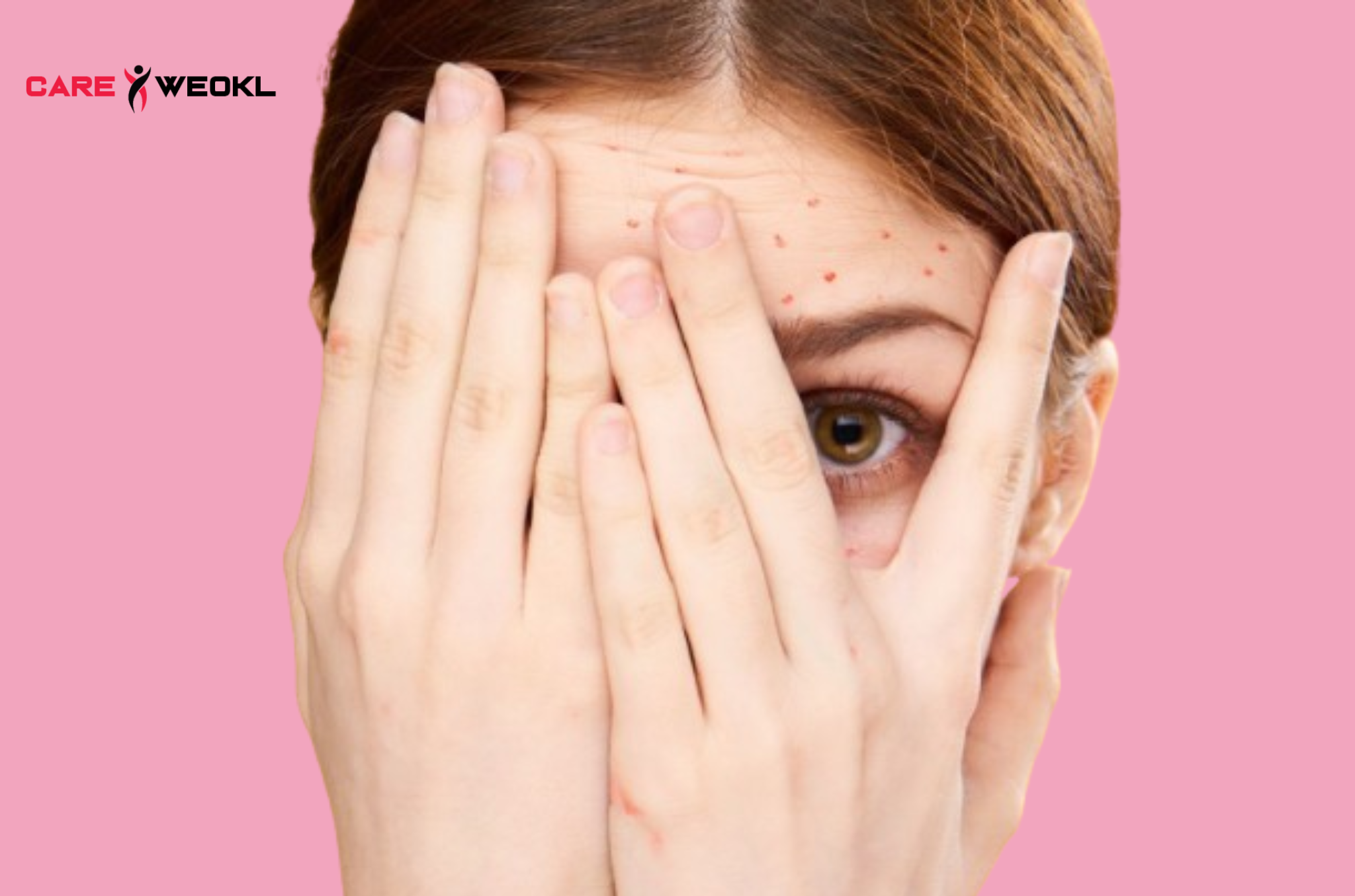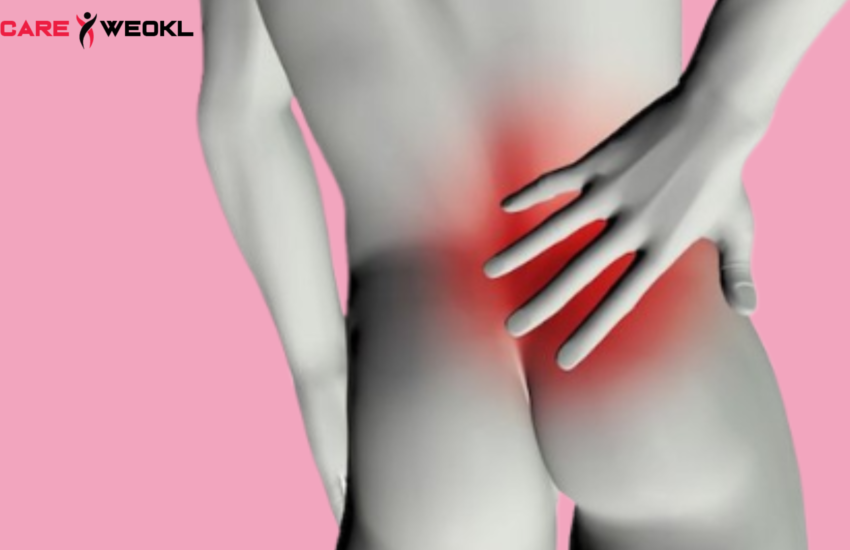What do these red dots on your skin mean?
Red spots on the skin are common and can range from benign conditions to signs of something more serious. Understanding what causes these spots can help you determine whether they’re harmless or if they require medical attention. Below, we’ll explore the most common causes of red spots and when to seek help.
- Red spots: Small red or purple spots
What they are: Red spots are small, flat, red, purple, or brown spots caused by broken blood vessels under the skin. They’re usually smaller than 2 millimeters in diameter.
Common causes:
Stress: Activities like lifting heavy objects, vomiting, or coughing can put pressure on small blood vessels, causing red spots to appear.
Infection: Certain viral or bacterial infections, such as mononucleosis or meningitis, can cause red spots to appear.
Blood disorders: Conditions like thrombocytopenia (low platelet counts) or leukemia can prevent your blood from clotting properly and lead to red spots.
Medications: Blood thinners or aspirin may contribute to hemorrhage spots.
When to seek medical attention: If you notice hemorrhage spots and experience other symptoms such as fever, bruising or fatigue, it is important to see a doctor immediately.
- Hemorrhage spots: Larger red or purple spots
What they are: Hemorrhage spots refer to larger areas of purple or red discoloration, which are caused by the rupture of larger blood vessels under the skin. These spots are often larger than hemorrhage spots.
Common causes:
Blood disorders: Conditions such as vasculitis or hemophilia can cause hemorrhage spots.
Vitamin deficiencies: A deficiency in vitamin C (scurvy) or vitamin K can lead to hemorrhage spots due to weakened blood vessel walls.
Medications: Certain medications, such as corticosteroids or blood thinners, can increase your risk of hemorrhage spots.
When to seek medical attention: If the purple discoloration is accompanied by other symptoms such as unexplained bruising or bleeding, it is important to seek medical advice.
- Allergic Reactions: Hives and Rash
What they are: Allergic reactions can cause red spots, bumps, or hives on the skin. These spots often appear suddenly and may be itchy or inflamed.
Common Causes:
Food Allergy: Common food allergens such as nuts, shellfish, or dairy products can cause a rash or red spots.
Insect Bites: Bites from mosquitoes, bedbugs, or other insects can cause red, itchy spots.
Medications: Allergies to medications can cause a rash or red spots on the skin.
When to Seek Medical Care: If the rash is severe, widespread, or accompanied by difficulty breathing or swelling (especially around the eyes or lips), seek immediate medical attention, as this may indicate anaphylaxis.
- Heat Rash (Miliaria): Small Red Bumps
What they are: Heat rash occurs when sweat gets trapped in the sweat glands, causing irritation and small red bumps.
Common causes:
Hot and humid conditions: Heat rash is common in hot climates, during exercise, or when wearing tight clothing.
Friction: Tight clothing or diapers can also contribute to heat rash.
When to seek medical attention: Heat rash usually goes away on its own, but if it becomes infected (redness, swelling, or pus), seek medical attention.
- Sunburn: Red spots from UV exposure
What it is: Overexposure to the sun’s ultraviolet rays can cause red, irritated skin, resulting in red spots or blotches, often referred to as sunburn.
Common causes:
UV exposure: Prolonged exposure to the sun without sunscreen can cause red spots, swelling, and irritation.
When to seek medical attention: If you have a severe sunburn, with blisters, fever, or chills, or if you notice severe pain, seek medical attention.
- Infection: Red spots caused by skin conditions
What it is: A skin infection, whether viral, bacterial or fungal, can cause red spots or a rash.
Common causes:
Viral infection: Conditions such as measles, rubella or chickenpox can cause a rash that includes red dots.
Bacterial infection: Skin infections such as impetigo or cellulitis can cause red spots, often accompanied by swelling or pus.
Fungal infection: Conditions such as ringworm of the scalp may appear as itchy red spots with raised edges.
When to seek medical attention: If the red spots are accompanied by swelling, warmth, pus or fever, see a health care provider to prevent the infection from spreading.
- Meningitis: A serious warning sign
What it is: Meningitis is a life-threatening condition that causes inflammation of the membranes surrounding the brain and spinal cord. It can cause a distinctive rash of red or purple dots (pink spots).
Common causes:
Bacterial meningitis: A serious infection caused by bacteria such as meningococcus can cause a dotty rash, often accompanied by fever, headache, stiff neck, and nausea.
When to seek medical attention: If you suspect you have meningitis (especially if you have a dotty rash, fever, and other flu-like symptoms), seek immediate medical attention because it can be life-threatening.
Conclusion
Red dots on the skin can be caused by a rash



